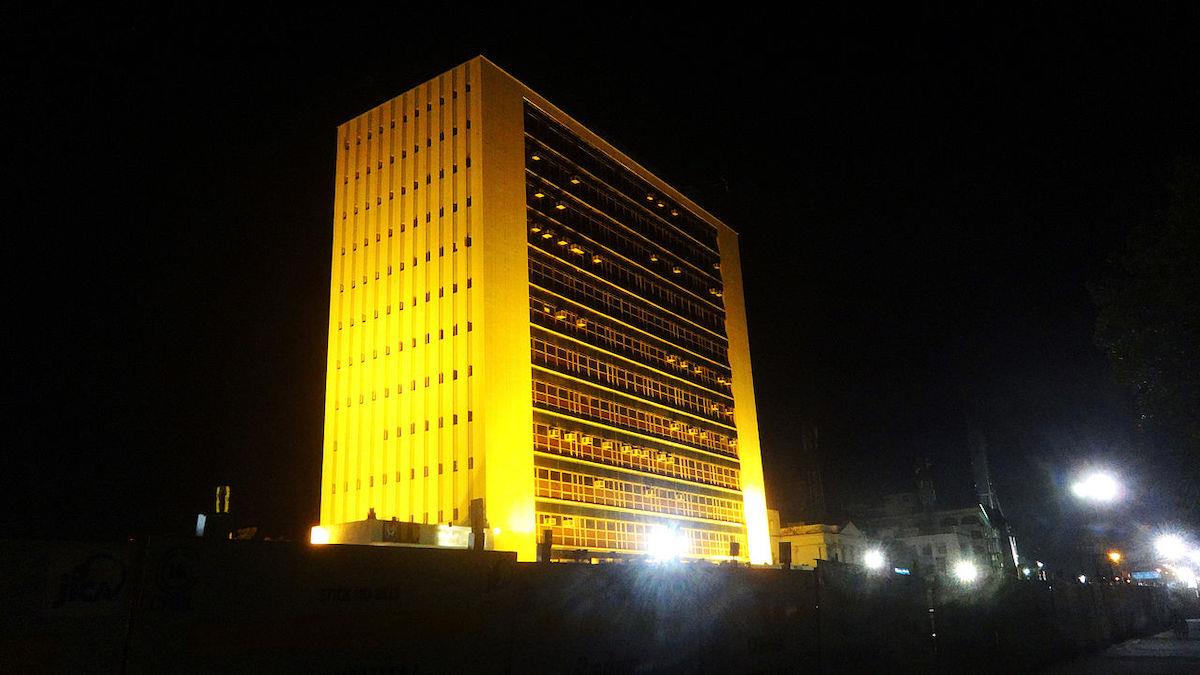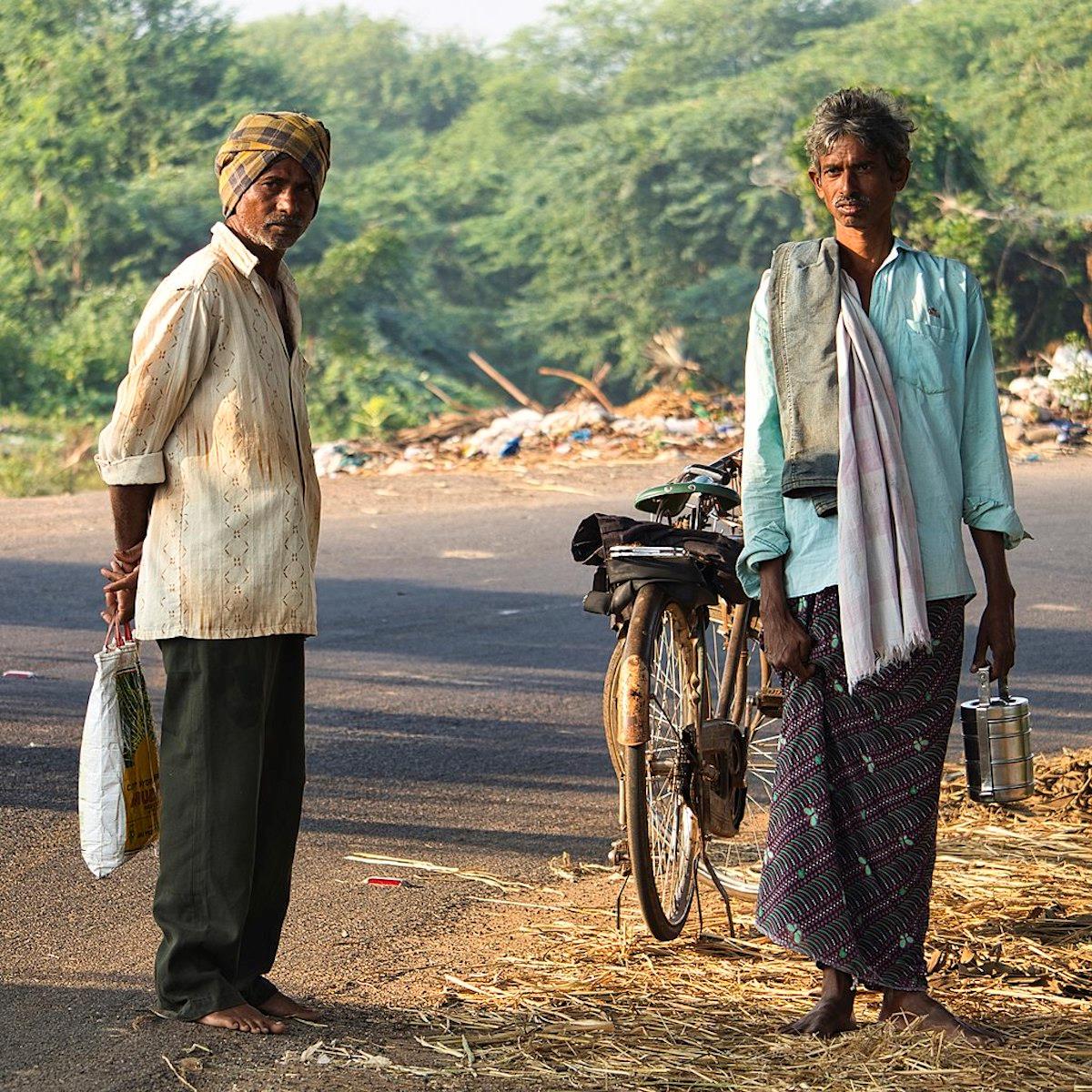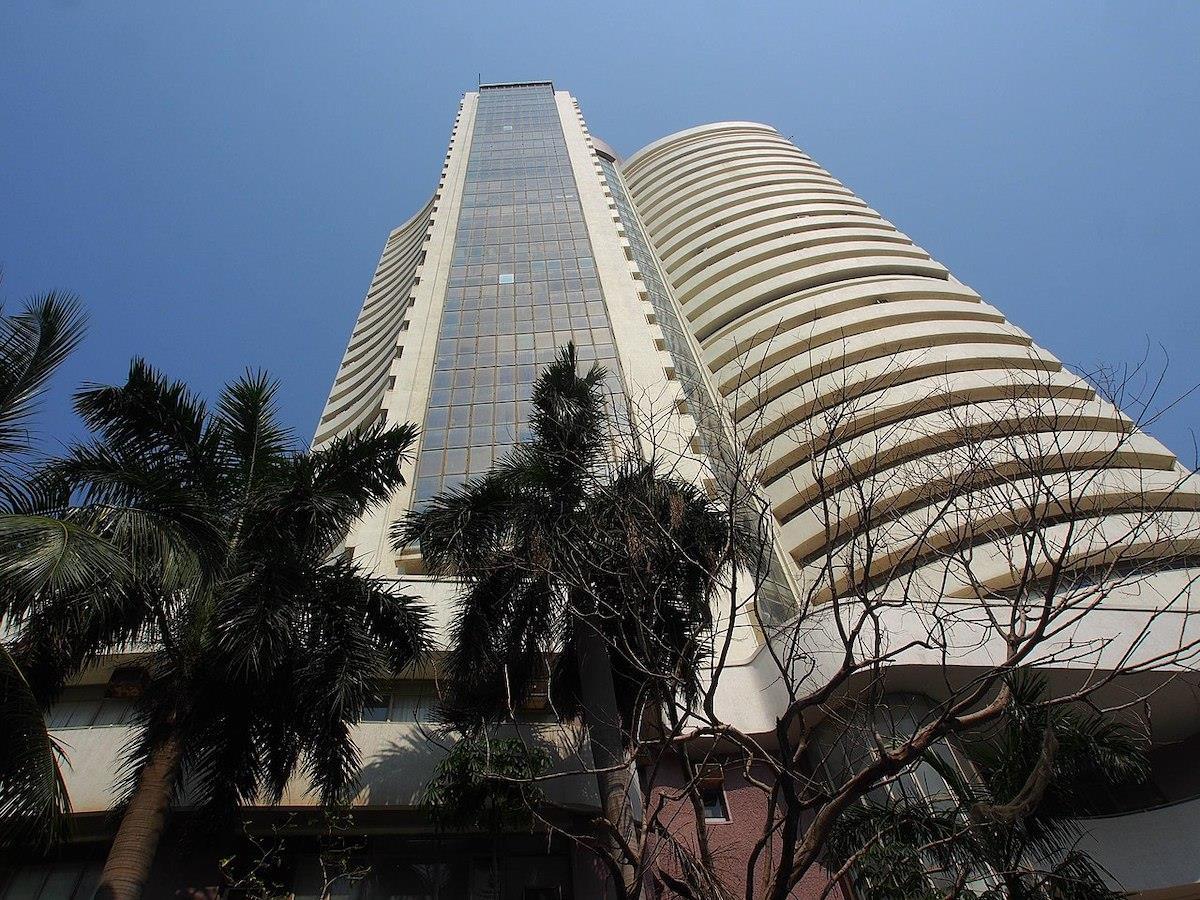(MENAFN- Asia Times)
With India's stock market outperforming its peers in Asia, now may seem an ideal moment for Prime Minister Narendra Modi to pull off his government's biggest divestment transaction to date.
Yet for many global investors, India's largest initial public offering ever is too little too late. It's also a reminder that, 2,823 days into the Modi era, the Big Bang structural reforms New Delhi promised remain more talk than action.
To be sure, selling 5% of shares of state-run Life Insurance Corporation of India, or LIC, to raise about US$8 billion is no small feat. It will dwarf previous Indian IPOs by many magnitudes. And surely, Modi's boosters can claim some measure of success for the pro-market policies the government rode to power in 2014.
Scale matters, too. With 105,000 full-time employees, LIC is a colossus. It ranks among the globe's five-biggest insurers, has more than $500 billion of assets and commands more than 60% of the Indian market.
But why has it taken 92-plus months to get here? What accounts for the scale of the downward revisions to divestment targets? And why isn't the size of the LIC share sale considerably larger in percentage terms?
The answer to these questions, and myriad others, is that Modinomics is more aspirational than operational as 2022 begins.
As economist Neelanjan Sircar at New Delhi's Center for Policy Research sees it, Modi talked a great game of epochal change via top-down political declarations. Actual execution, though, rarely materializes to translate ideas on the drawing board into structural updates .
“When we look at some of the notable attempts to use executive power in this manner, we don't find a lot of successes,” Sircar notes.“Whether it's land use changes, modifications to India's citizenship rules or agricultural reforms, the government has been forced to either stall or reverse its proposed policies.
“When the government is unable to stanch protest and criticism, it dents Modi's image and he must look to change course.”

The Life Insurance Corporation of India building in Chennai at night. Photo: WikiCommons
India looking more like Japan
The LIC deal, which India hopes to complete by the end of March, appears to follow this pattern. It sounds terrific on paper, but falls woefully short of the Thatcher-esque claims Team Modi is making.
The truth is, Modinomics is looking like Abenomics in Japan more than many Indian officials want to admit.
In 2012, Shinzo Abe took the Japanese premiership pledging to revolutionize a rigid, deflation-plagued economy watching China dominate the region. Abe talked big about cutting red tape, modernizing labor markets, altering incentives and boosting wages.
Mostly, he relied on 1980s-style“trickle-down economics.” As a result, growth quickened, but the economic system remained largely intact.
Though Japan and India make for poor comparisons, Abe and Modi are emblematic of strongman-like leaders who proved timid where painful reforms are concerned. Philippine President Rodrigo Duterte pulled off a similar bait-and-switch in Southeast Asia.
Lots of bombast, but he's achieved little in Manila since 2016 to increase competitiveness and reduce inequality.
For Modi, perhaps the most damning metric comes from Oxfam. In a report last month, the poverty-fighting group found that Modinomics has been a boom for minting new billionaires. Less so for the other 99% in the nation of 1.3 billion people.
The fortunes of the wealthiest Indians more than doubled in the Covid-19 era , while poverty worsened markedly. Granted, this divide can be found everywhere as ultraloose central bank policies drove assets from stocks to real estate sharply higher.
Yet Oxfam puts India in league with sub-Saharan Africa in terms of lost socio-economic progress during this pandemic period.
As Oxfam puts it,“the stark wealth inequality in India is a result of an economic system rigged in favor of the super-rich over the poor and marginalized.”
The organization's research found that 84% of Indian households are suffering statistically significant income setbacks. In 2020 alone, the ranks of India's extreme poor doubled to 134 million. That resulted in spikes in suicide rates among farmers and other vulnerable sectors, Oxfam said.

India's farmers have seen little improvement in their lives under Modi. Photo: WikiCommons
A bull market in inequality
This bull market in inequality looks even worse considering India added at least 40 new billionaires last year, raising the tally to 142. By Oxfam's calculations, India's ultrarich now command at least $720 billion in combined wealth, dwarfing the holdings of the poorest 40% of the population.
In 2014, Modi pledged a bold revisiting of India's wealth redistribution efforts. But seven years and eight months in office should be enough time to put some notable wins on the scoreboard.
Arvind Subramanian, a key Modi adviser until 2018, is particularly critical of what he sees as the government's obsession with economic“hardware.” One example is the near-linear focus on rapid gross domestic product. And here, India does indeed have some bragging rights given its roughly 8% growth rate .
But the issue, Subramanian says, isn't just growing faster, but better. Modi, he argues, gets decent markets for investing in improved infrastructure, both physical and digital. Along with better roads, bridges, power and water and systems, Modi has presided over a period where India's banks have used mobile apps to pull more households into the formal economy.
Yet Modi's“software” policies toward building human capital and increasing competitiveness have been far less effective. Modi's priorities, Subramanian says, are“somewhat ambivalent about strengthening the safety net which past Indian governments have pursued with mixed success.”
The good news is that rapid growth offers Modi fiscal policy options. Finance minister Nirmala Sitharaman expects GDP to top 8% again this year. With elections getting underway in five states, including the most populous Uttar Pradesh, there could be a push to boost rural spending and increase subsidies on food, fertilizer and other vital sectors.
“The fiscal position appears much healthier than expected,” says Shilan Shah at Capital Economics.

The Bombay Stock Exchange building. Photo: WikiCommons
Competing with China means change
During the April-November period of 2021, national revenue receipts jumped 67% from a year earlier. That, notes Sanjeev Sanyal, an economic adviser at the finance ministry, implies“fiscal space to provide additional support if necessary.”
But Modi's focus must be on building greater economic muscle to increase competitiveness versus China. This means prioritizing and attracting investments that create higher-paying jobs and spur more efficient production across industries.
“Continuing on its capex push, we expect another 25% increase in capital expenditure by the central government and we expect budgetary allocations for roads, highways and railways to rise,” says analyst Sonal Varma at Nomura Holdings.
Even more important is addressing a“rigged” system that Oxfam flagged. If hundreds of millions of poor Indians had entered the pandemic on a better financial footing, economic setbacks might not have been so devastating.
Among India's worst pre-existing conditions heading into the pandemic: endemic corruption. In 2020, New Delhi's ranking on Transparency International's corruption perceptions index plunged six places to 86th from 80th. On Modi's watch, India's press freedom scores have fallen even more precipitously.
Team Modi's preoccupation with LIC's giant IPO will do little to alter any of these dynamics. In fact, several of last year's most headline-worthy IPOs are now underwater relative to their offer price.
A case in point is the record $2.5 billion listing by payments giant Paytm, which has fallen more than 55% from its offer price.
LIC could indeed meet with hefty demand. The company does enjoy unrivaled reach in the insurance market of Asia's third-biggest economy.
“Generally, the appetite for the LIC IPO will be high from common and new investors given its mammoth public brand value,” says researcher Vinod Nair at Geojit Financial Services.
But in the long run, Nair adds, the“end demand and performance will depend on its future growth, profitability and sustenance of market share” in the industry.
One could say the same of a broader Indian economy, one that Modi has yet to revamp as voters hoped. Any progress New Delhi makes toward privatizing industry is to be applauded.
Yet the LIC IPO, while a step in the right direction, is a reminder of how much Modinomics has lowered its ambitions.
Follow William Pesek on Twitter: @WilliamPesek
MENAFN16022022000159011032ID1103708234